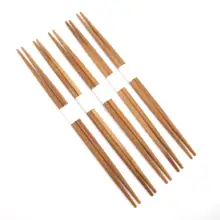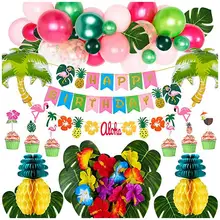
The tradition of Turkish prayer rugs is deeply rooted in history, with each rug telling a story through its unique patterns and motifs. These rugs are not just functional items for daily prayers but are also symbols of cultural heritage. The iconic 'Mihrab' motif, a niche design woven into the rug, guides the devotee's orientation during prayer, pointing towards Mecca. This design often features architectural elements like columns, archways, and lanterns, or nature-inspired themes such as the 'tree of life'.
Distinctive to the regions where they are crafted, Turkish prayer rugs reflect the individuality of the villages and the artisans who weave them. The Caucasian prayer rugs, for instance, incorporate everyday life elements like animals, birds, and flowers, often also depicting stars to represent the celestial. These rugs are designed to be portable, aligning with the Islamic practice of praying five times a day, sometimes even on the go.
Historically, the art of creating prayer rugs flourished under the reign of great empires such as the Ottoman, Safavid, and Mughal, where they were considered treasures, often too precious for the floor and instead used as wall hangings. The dedication of weavers to their craft ensured that these rugs were not only beautiful but also imbued with a sense of the sacred, a tradition that continues to be cherished and preserved to this day.











































 浙公网安备 33010002000092号
浙公网安备 33010002000092号 浙B2-20120091-4
浙B2-20120091-4